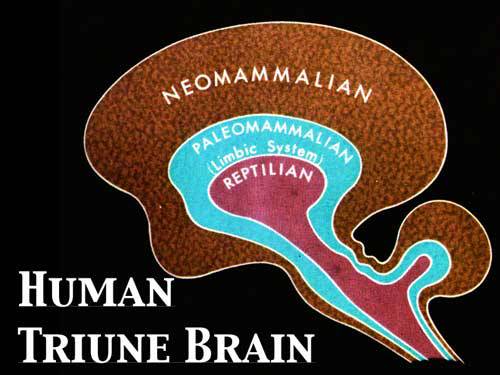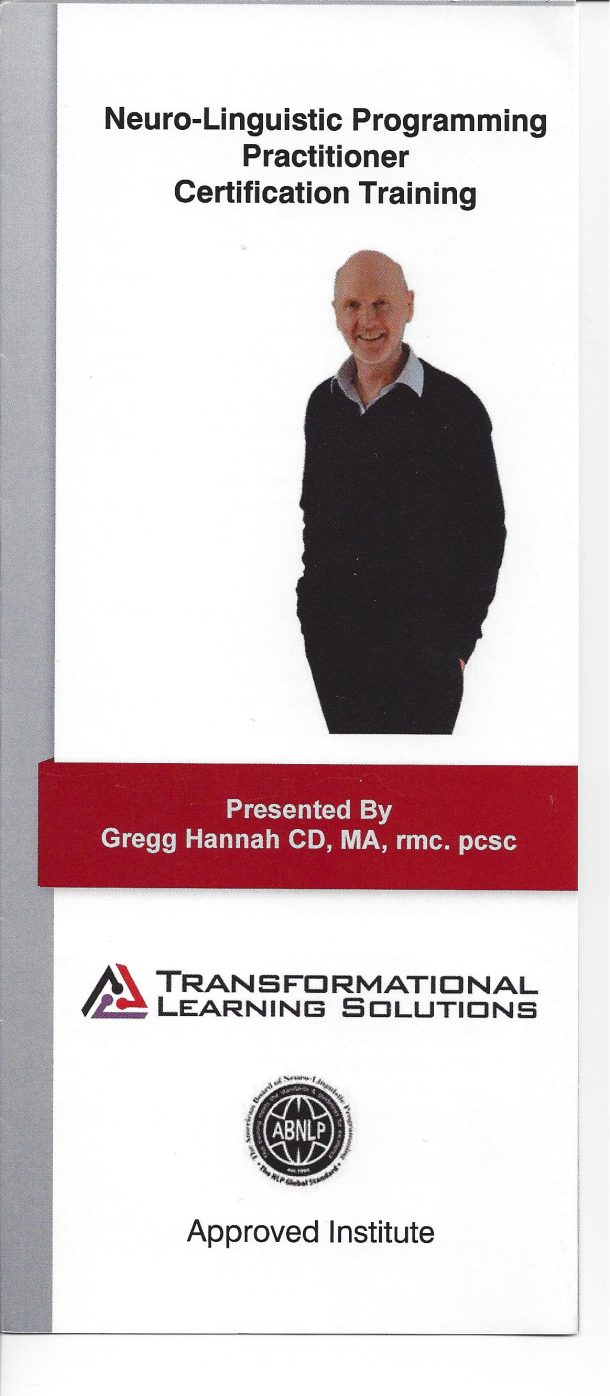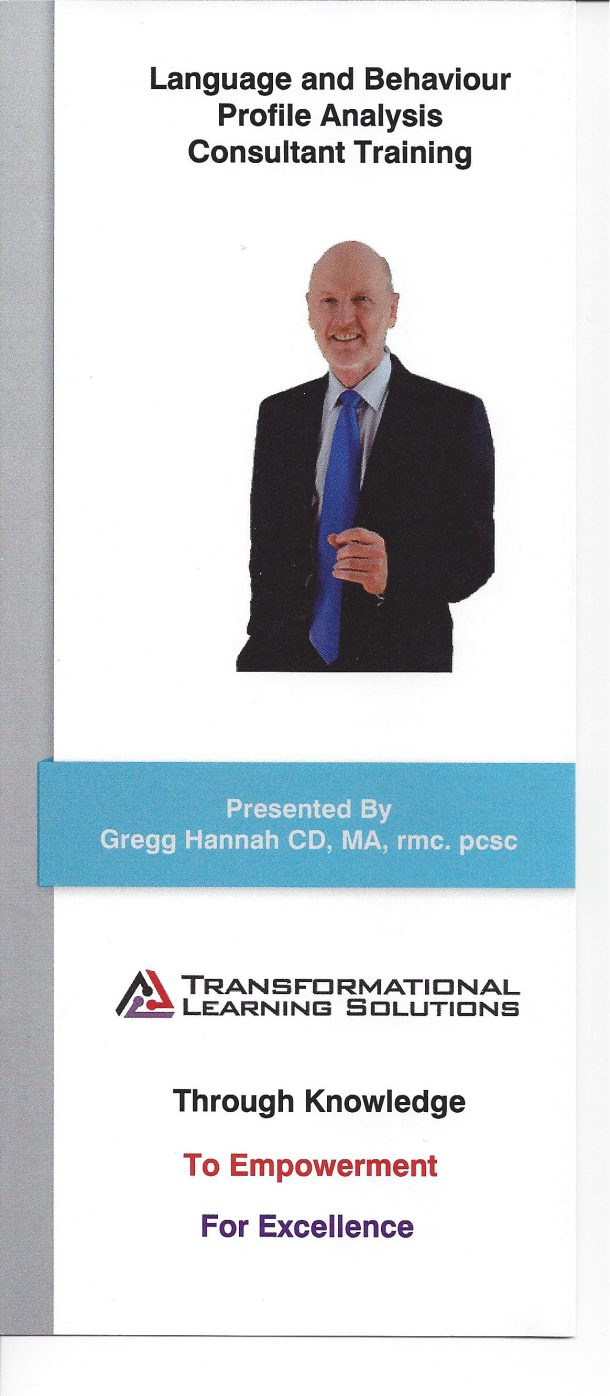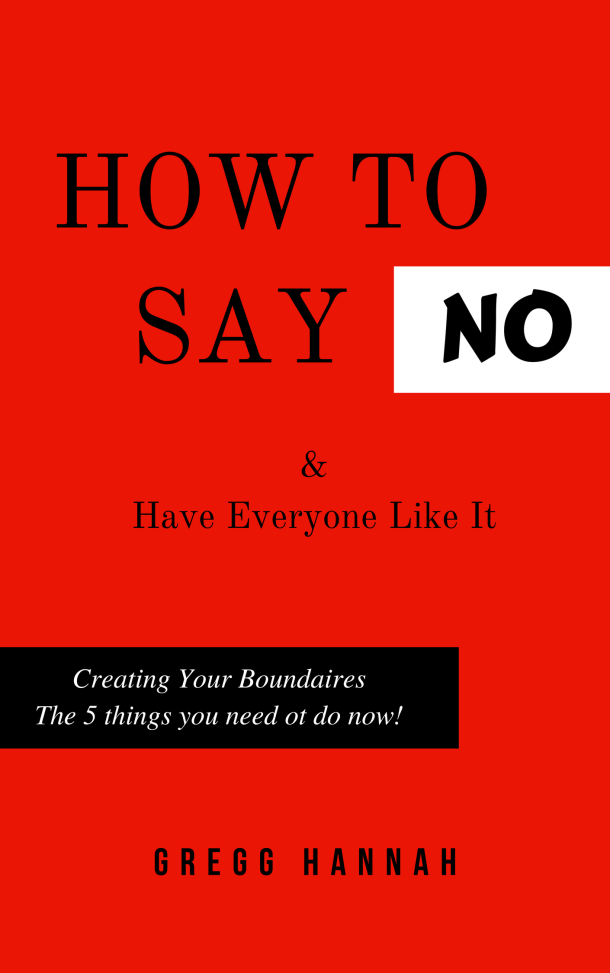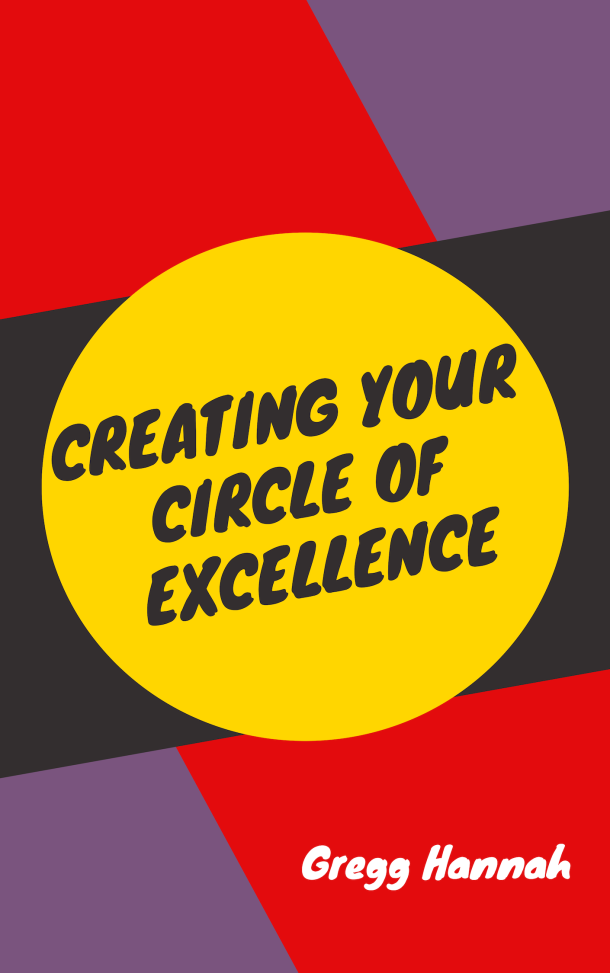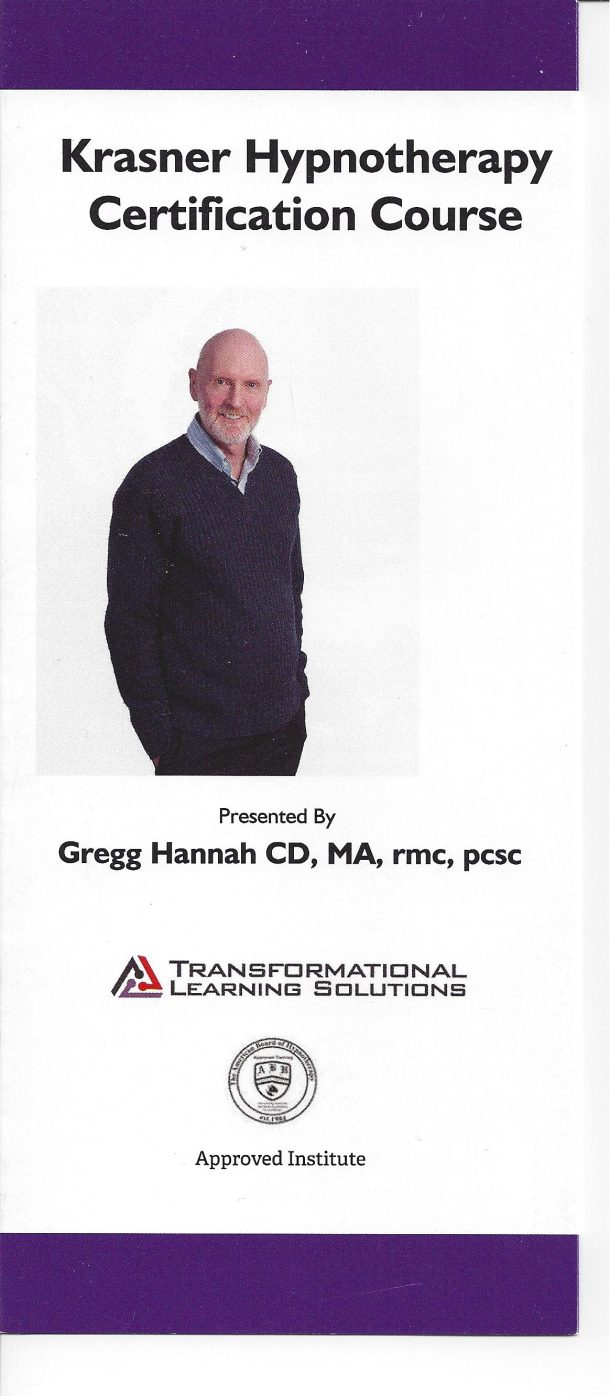
The Mind-Body Connection – Communicating with Your Unconscious Mind

The Mind-Body Connection
The French philosopher René Descartes (1596-1650) developed a concept of mind and body that came to be known as Dualism. The mind was thought to be non-material, not subject to the laws of nature, while the body was thought to be like a machine. Dualism holds that there is a rigid distinction between the mind and the body or matter. The mind can interact with the body much like a driver interacts with a car. But just like the thoughts of the driver cannot influence or affect the actions of the car, the thoughts in the mind cannot affect or influence the body.
The mind-body problem is a philosophical question which continues to occupy philosophers today. In addition to being a philosophical question, it also became the accepted scientific description of the relationship between the mind and the body. For a considerable period of time a scientific explanation of a mind-body connection could not be provided. As a result, anything that depended on a theory of mind-body connection was discounted despite any demonstrable results. Acupuncture is illustrative of this thinking.
Despite the fact that the Chinese had been using acupuncture for a very long time with good results, when it was introduced into the West, it could not be explained by existing scientific understanding or methods. As a result, it was discounted and shunned by the scientific and medical communities as being “mystical,” – not a legitimate form of medical healing.
Subsequently, scientific advances have been able to show how acupuncture works and as a result it is now an accepted part of modern medical practice. A traditional Chinese acupuncturist may describe how acupuncture works very differently than how a modern Western physician might describe it. However, how acupuncture works has not changed at all. All that has changed is our understanding of how to think about it.
To be sure the mechanistic scientific model has much merit as it drove huge advances in knowledge and improvement in the human condition. However, as the case of acupuncture shows, just because something cannot be fully explained with the bounds of current scientific knowledge and techniques does not mean that it will never be explained.
Advances in technology are providing neuroscientists with a much better ability to investigate how the brain functions. They are now beginning to be able to demonstrate and explain scientifically many aspects of the mind-body connection. Like the case of acupuncture, it is clear that many things about the mind-body connection that were dismissed as unscientific can be now explained. It is also clear that there are many more things to discover.
The ability to tap into the mind-body connection is a powerful tool in a range of options available for the betterment of our health and well-being. Mind-body techniques should not be the only options considered, nor should they be excluded out of hand. It is unethical and unhelpful for those who espouse the use of mind-body techniques to claim fantastical abilities for them. Similarly, is it unhelpful for them to be dismissed out of hand by medical practitioners who are not yet convinced of the intimate connection between the mind and the body and what that means for the healing arts.




